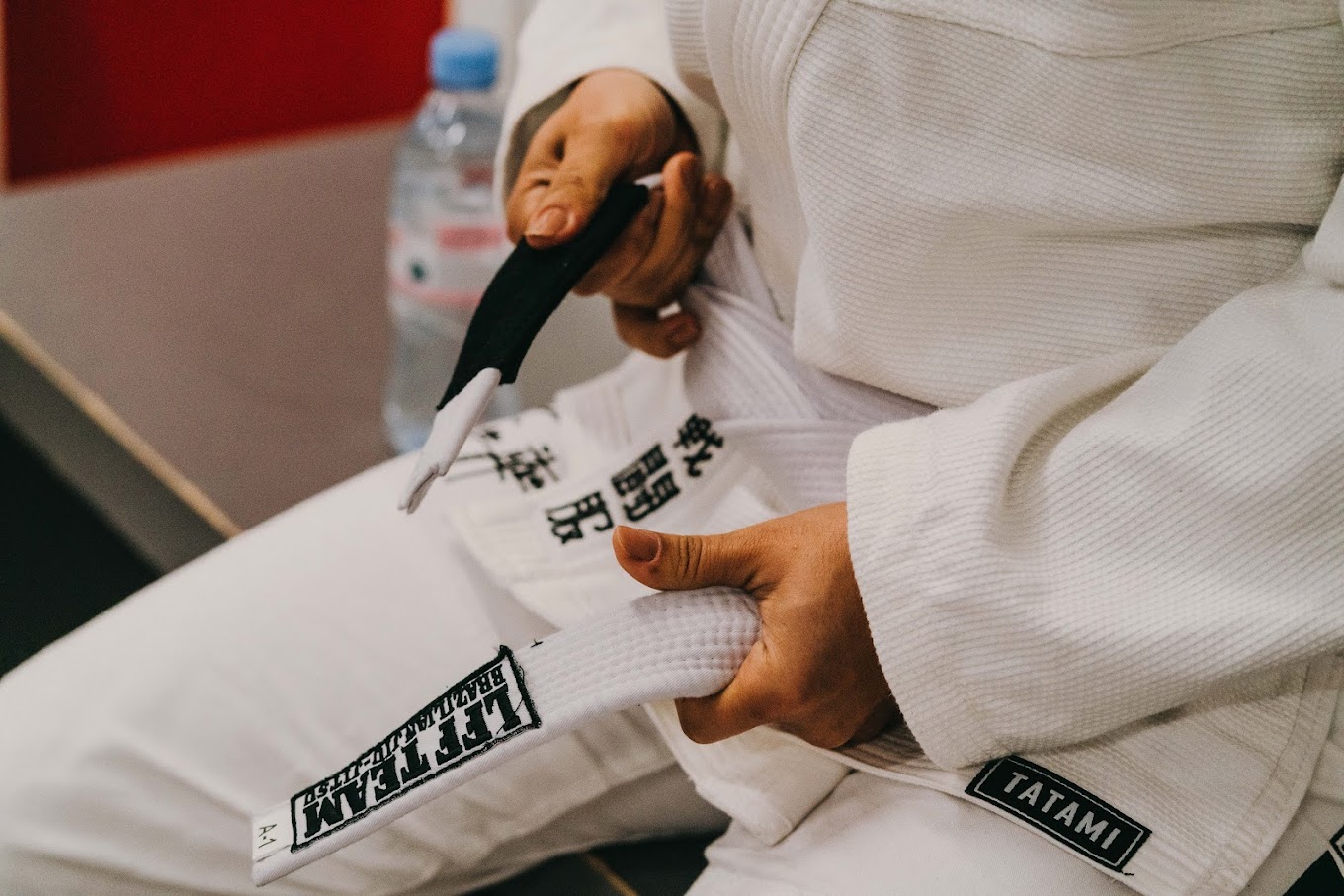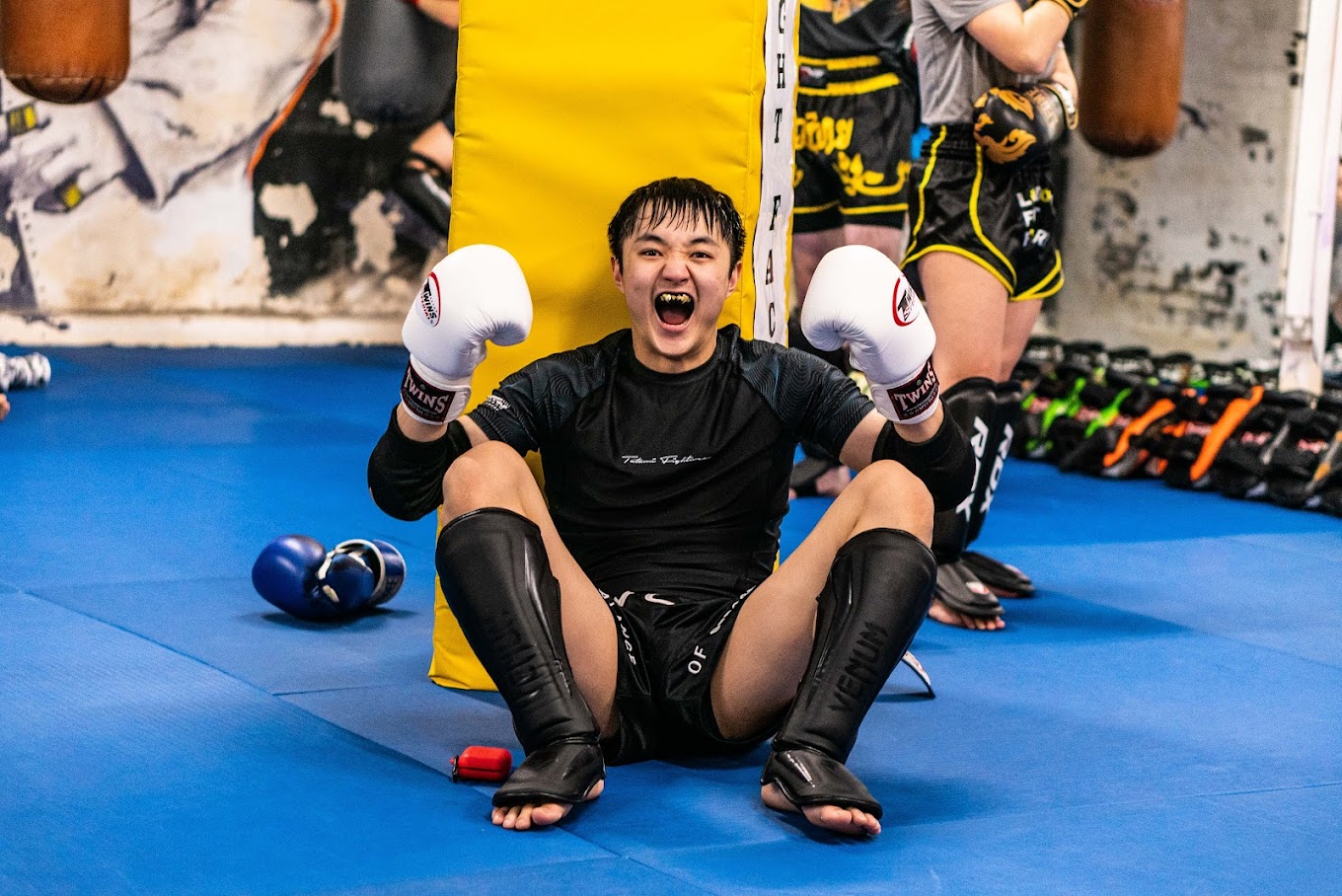Introduction
Martial arts training is an excellent way to improve fitness, learn self-defense, and develop discipline. However, like any physical activity, it carries a risk of injury. Preventing injuries is crucial for maintaining consistent progress and enjoying your training. This guide provides practical tips and strategies to help you stay safe and healthy while practicing martial arts.
Table of Contents
- Warm-Up and Cool-Down Routines
- Proper Technique and Form
- Appropriate Protective Gear
- Listening to Your Body
- Maintaining Flexibility and Strength
- Safe Sparring Practices
- Hydration and Nutrition

Warm-Up and Cool-Down Routines
A proper warm-up and cool-down routine is essential for preventing injuries.
Importance of Warming Up
Warming up increases blood flow to muscles, enhances flexibility, and prepares your body for intense physical activity. A good warm-up includes light cardio, dynamic stretches, and sport-specific drills.
Effective Cool-Down
Cooling down helps your body recover by gradually lowering your heart rate and stretching muscles to prevent stiffness. Include static stretches and deep breathing exercises in your cool-down routine.
Key Takeaways
- Always start with a warm-up to prepare your body for training.
- End with a cool-down to aid recovery and prevent muscle stiffness.
Proper Technique and Form
Using proper technique and form is critical in preventing injuries in martial arts.
Importance of Technique
Incorrect techniques can lead to strains, sprains, and other injuries. Ensure you understand the proper form for each movement and practice it consistently.
Learning from Instructors
Listen to your instructors and seek their guidance to correct any mistakes in your form. Regular feedback helps improve your technique and reduces the risk of injury.
Key Takeaways
- Focus on proper technique and form to prevent injuries.
- Seek regular feedback from instructors to correct mistakes.
Appropriate Protective Gear
Wearing the right protective gear is essential for safe training.
Essential Gear
Depending on your martial art, this may include mouthguards, gloves, shin guards, headgear, and groin protectors. Ensure your gear fits properly and is in good condition.
Regular Inspection
Regularly inspect your gear for wear and tear. Replace any damaged equipment to ensure it provides adequate protection.
Key Takeaways
- Use appropriate protective gear for your martial art.
- Regularly inspect and replace damaged gear.

Listening to Your Body
Pay attention to your body’s signals to prevent overtraining and injuries.
Recognizing Pain and Fatigue
Distinguish between normal discomfort and pain that signals an injury. Rest if you feel excessive fatigue or pain during training.
Rest and Recovery
Incorporate rest days into your training schedule to allow your body to recover. Proper rest helps prevent overuse injuries and maintains overall health.
Key Takeaways
- Listen to your body and rest when necessary.
- Incorporate rest days into your training schedule.
Maintaining Flexibility and Strength
Flexibility and strength are crucial for injury prevention in martial arts.
Importance of Flexibility
Regular stretching improves flexibility, which enhances your range of motion and reduces the risk of strains.
Strength Training
Strength training strengthens muscles, tendons, and ligaments, providing better support for joints and reducing injury risk. Include exercises that target your core, legs, and upper body.
Key Takeaways
- Regularly stretch to maintain flexibility.
- Incorporate strength training into your routine.

Safe Sparring Practices
Sparring is an integral part of martial arts training but requires careful practice to avoid injuries.
Controlled Sparring
Spar with control and respect for your partner. Avoid excessive force and focus on technique rather than power.
Clear Communication
Communicate with your sparring partner to set the intensity level and ensure both of you are comfortable with the pace.
Key Takeaways
- Practice controlled sparring with a focus on technique.
- Communicate with your partner to ensure safe sparring.
Hydration and Nutrition
Proper hydration and nutrition play a significant role in preventing injuries and maintaining overall health.
Staying Hydrated
Dehydration can lead to cramps and decreased performance. Drink plenty of water before, during, and after training sessions.
Balanced Diet
A balanced diet provides the necessary nutrients to fuel your body and support recovery. Include a mix of proteins, carbohydrates, and healthy fats in your meals.
Key Takeaways
- Stay hydrated to maintain performance and prevent cramps.
- Eat a balanced diet to support your training and recovery.
Conclusion
Preventing injuries in martial arts training is essential for long-term success and enjoyment. By following these tips—warming up properly, using correct technique, wearing protective gear, listening to your body, maintaining flexibility and strength, practicing safe sparring, and ensuring proper hydration and nutrition—you can minimize your risk of injury and maximize your martial arts experience. Stay safe, train smart, and enjoy the journey of martial arts.
For more information about our coaches, visit our Coaches Page.
Interested in trying a class? Check out our Trial Class Page.
Ready to join a single class? Visit our Memberships page.







